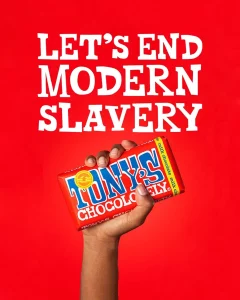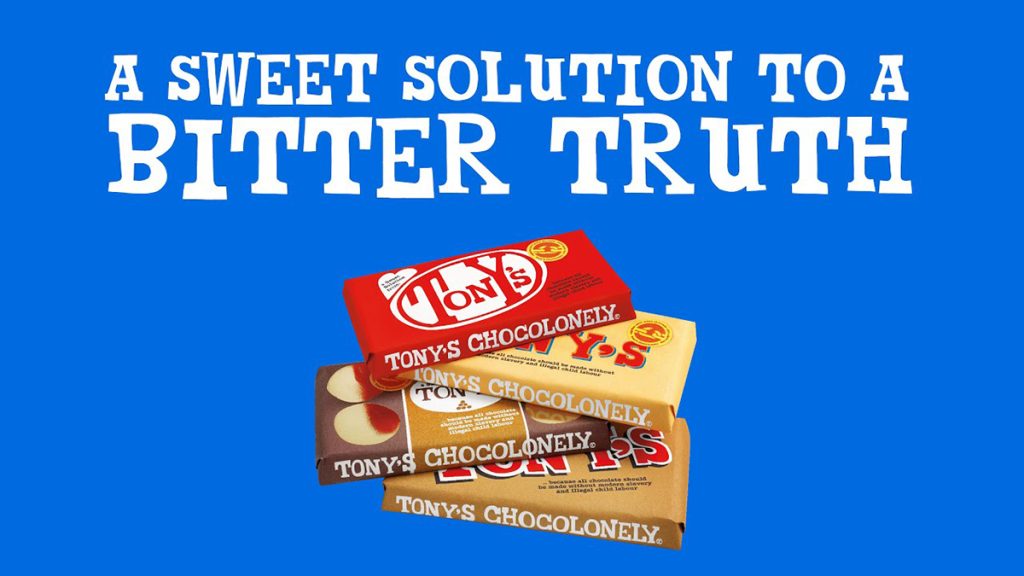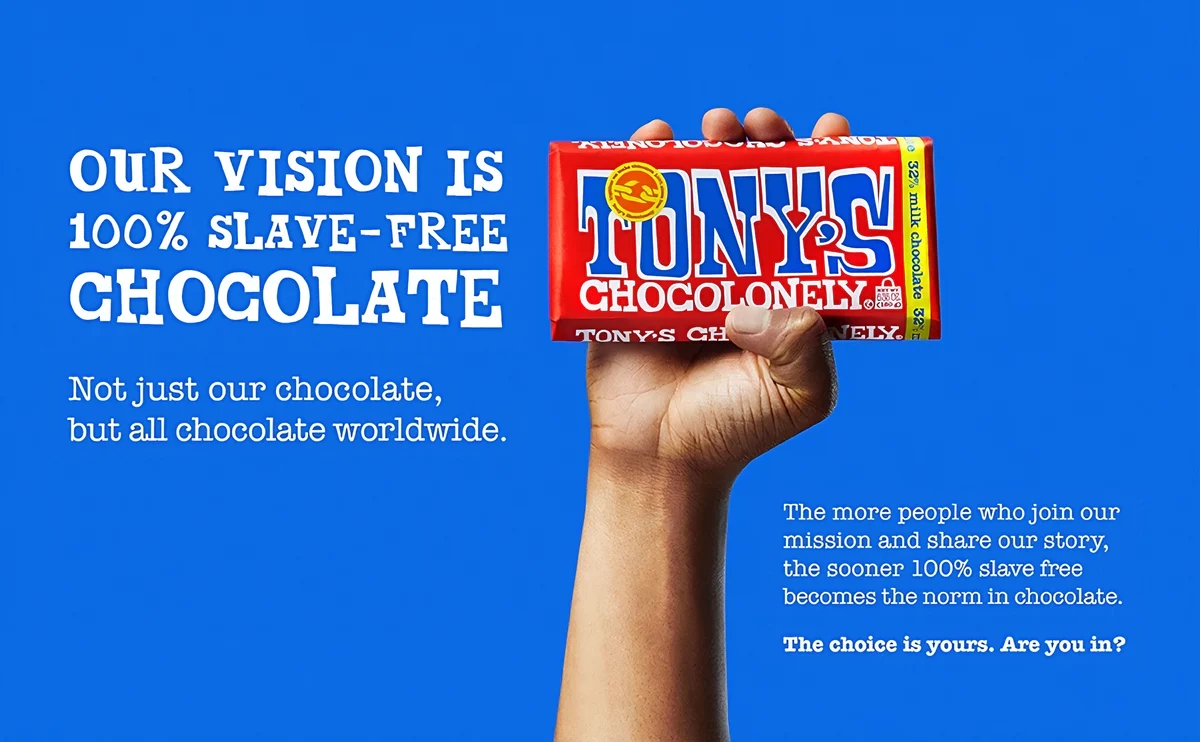Introduction
In a marketing world driven by data, AI, and ROI, you’d be forgiven for thinking that “brand purpose” had become just another fleeting trend. But in 2025, the opposite is true. Purpose has not only endured – it’s become a non-negotiable for brands wanting to remain culturally relevant, commercially viable, and ethically sound.
Whether you’re just getting started in marketing or refining your brand’s positioning, understanding the evolving landscape of brand purpose is essential. Purpose isn’t a slogan. It’s not a one-off campaign. It’s the reason a brand exists beyond profit – and in a world grappling with climate crises, inequality, and increasing social consciousness, that reason has never mattered more.
What is brand purpose?
At its core, brand purpose is a company’s guiding belief – the meaningful difference it seeks to make in the world. It’s the ‘why’ that sits above what a brand sells or how it operates.
A decade ago, purpose was often viewed as a ‘nice-to-have’ or PR-driven add-on. Brands might have crafted a mission statement or launched a charitable initiative. But today, purpose must go deeper. It’s no longer about storytelling alone – it’s about doing. The public expects alignment between what a brand says and how it behaves.
This shift has been accelerated by a new generation of consumers, a climate-conscious workforce, and the power of digital transparency. Purpose has evolved from a brand differentiator to a fundamental expectation.
The power of purpose in action.
Two brands that consistently walk the talk are Patagonia and Tony’s Chocolonely. Each offers rich lessons for marketers at every stage of their career.
Patagonia: activism as strategy.
Patagonia’s brand purpose is simple but radical: “We’re in business to save our home planet.” This isn’t just marketing rhetoric – it’s a call to action that filters through every part of the company.
From its decision to donate 1% of annual sales to environmental causes, to suing the US government over protected land rollbacks, Patagonia doesn’t just support sustainability – it actively defends it. In 2022, the founder even gave away the company to a trust designed to fight climate change.
What’s key here is consistency. Patagonia’s activism shows up in its supply chain, materials, political stance, and hiring. Their brand is built around their purpose, not decorated with it.
 Patagonia’s “Why Patagonia is Fighting for Public Lands” campaign.
Patagonia’s “Why Patagonia is Fighting for Public Lands” campaign.
Tony’s Chocolonely: disrupting injustice.
Dutch brand Tony’s Chocolonely was founded with a bold mission: to end slavery in the chocolate industry.
Their purpose shapes everything, from traceable supply chains and transparent sourcing to provocative packaging that tells consumers the uncomfortable truth about cocoa production. Even the uneven pieces of their chocolate bar symbolise inequality in the industry.
Tony’s shows how a purpose-driven challenger brand can make serious noise in a crowded market. By holding themselves accountable (and challenging competitors to do the same), they’ve turned ethical leadership into commercial strength.
Purpose vs performance: finding the balance.
One common misconception is that brands must choose between purpose and profit. But as Patagonia and Tony’s demonstrate, the two can be mutually reinforcing. In fact, purpose can drive performance when it’s integrated into decision-making, culture, and customer experience.
Research from Deloitte and Kantar consistently shows that purpose-led brands enjoy higher customer loyalty, increased trust, and long-term profitability. But this only works when the purpose is authentic, lived, and measurable.
The trap? When brands try to perform purpose without actually living it.
The risk of purpose washing.
In a purpose-driven age, not every brand gets it right. Purpose washing – when a brand promotes a cause but fails to back it up with meaningful action – can do more harm than good.
Take the backlash faced by several fashion brands during the Black Lives Matter movement. Social posts expressing solidarity rang hollow when consumers highlighted exploitative labour practices or a lack of diversity within those same organisations.
Even well-known sustainability claims have faced scrutiny. Greenwashing, vague ESG goals, or sudden brand pivots can erode trust quickly, especially when social media gives consumers the tools to fact-check in real time.
The lesson? Don’t fake it. Don’t overreach. Be accountable.
Embedding purpose: actionable insights for marketers.
So how can you, whether you’re shaping your personal career or your company’s brand, put purpose into practice?

Here’s how to build and embed purpose at different scales:
1. Start with the ‘why’
Ask: What problem are we solving? Why do we exist beyond profit? If you’re a start-up, your purpose can be your differentiator. If you’re an established brand, revisit and refine your purpose to ensure it’s still relevant.
2. Involve your people
Purpose isn’t just external – it should energise your team. Co-create it with your employees, not just your leadership team. When staff believe in the mission, they become brand ambassadors.
3. Build it into the business
Align purpose with product design, customer service, hiring, supply chains, and partnerships. A visible purpose can’t survive if it’s hidden from your operations.
4. Be transparent – even when it’s hard
Share your goals, progress, and setbacks. Whether you’re measuring your carbon footprint or addressing inequality in your supply chain, honesty builds trust.
5. Tailor your impact to your scale
You don’t need Patagonia’s budget to make a difference. A small business could support local initiatives, adopt ethical suppliers, or offer mentoring schemes. Purpose doesn’t require perfection – it requires action.
6. Use marketing as a force for change
Purpose should show up in your campaigns – not as a tagline, but as a consistent thread. Educate, inspire, and invite customers to join you in making a difference.
Takeaway.
Patagonia and Tony’s Chocolonely prove that purpose-led brands can thrive when their mission drives both business and behaviour. Their success lies in consistency, transparency, and a genuine commitment to change. But the rise of purpose washing highlights a key challenge: the gap between saying and doing.
For marketers in 2025, the message is clear: brand purpose isn’t a campaign, it’s a commitment. Whether you’re building a brand from scratch or refreshing a legacy business, purpose must be deeply embedded, clearly communicated, and constantly lived. Done right, it doesn’t just build trust – it builds movements.





